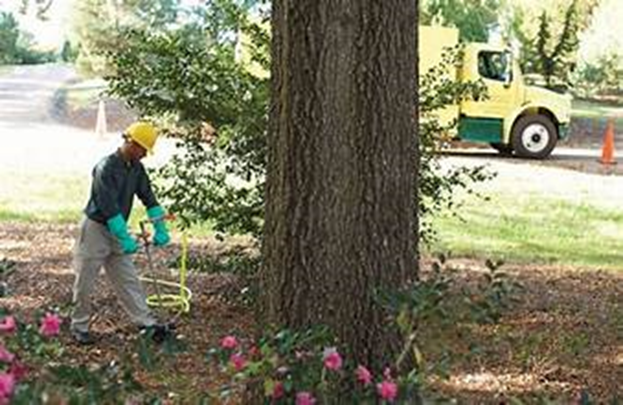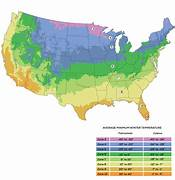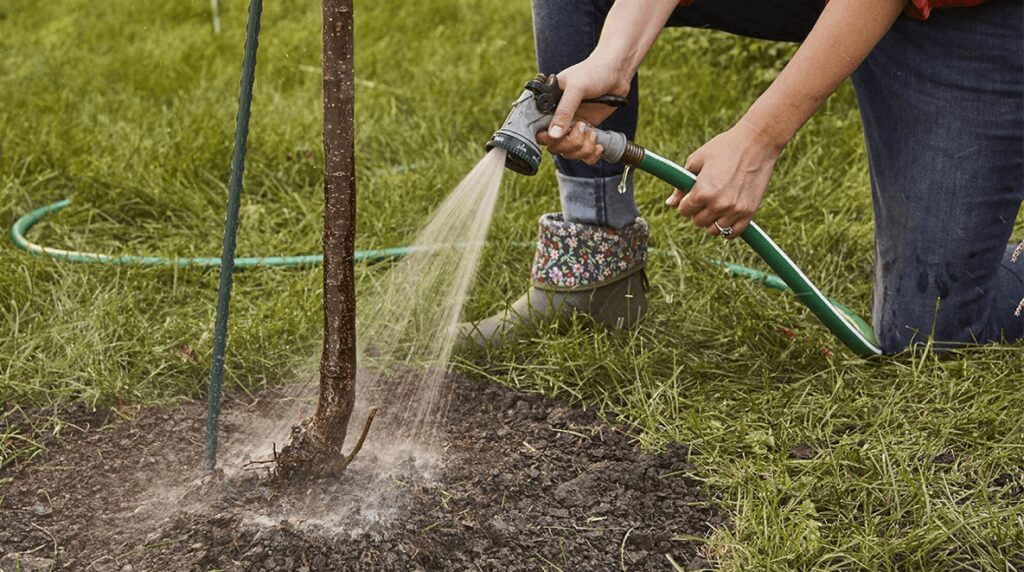Disposing of Your Christmas Tree after the Holiday: Give it Another Role!
Christmas is always great. Good food. Good friends. And plenty of fun. Many think it’s the best time of the year. Add some snow for Christmas day and it’s perfect. But now that the holiday is over, you need to dispose of your Christmas tree. You can always put it out on the curb for trash pickup if your municipality provides that service. But if that option doesn’t appeal to you, you can make better use of the tree by giving it another role.
Here are several options that involve giving your Christmas tree a new role:
- Use it as firewood — If you want to cut it up and use it as firewood, you can. But the wood is still wet, so use it only in an outdoor fire pit. And use it only when the wood is dry. Using it indoors otherwise is a fire hazard.
- Recycle it as winter mulch — Leave the tree in your yard for the winter. It can provide much-needed shelter for small animals and birds. You can chop it up in the spring and use it for mulch.
- Make it a bird feeder — Place it in its stand outdoors. Then, fill some bird feeders and hang them from the tree’s boughs. You can also drape the tree with a swag of pine cones coated with peanut butter.

- Protect plants with it — The winter is hard on tender plants. Cut a few branches or boughs from the tree and cover your tender plants for the winter. The branches will protect them from the season’s harshness.
- Add Christmas freshness to your home — Strip the tree’s pine needles and make a sachet of them. Then, hide them around the bathroom and kitchen for some cheerful fragrance.
Additional Tree Disposal Options
Many Rhode Island cities and towns offer curbside pickup during designated weeks in January. This option is easy to take, but check your local municipality’s website or sanitation department for pickup dates and guidelines. Providence, for instance, will collect trees on its regular trash pickup day in January. Check with the Department of Public Works for when the program starts and ends. The pickup period ran from January 3rd to 20th last year.

Remove everything from the tree before putting it out. The Rhode Island Resource Recovery Corporation (RIRRC) has an online guide with detailed information on when cities and towns pick up trees. You can also bring the trees directly to the Johnston facility. RIRRC grinds the trees up and adds them to a composting operation that produces 40,000 tons of compost annually.
Another popular option is to donate the tree to the Rhode Island Department of Environmental Management (DEM) Division of Fish and Wildlife for its Trees for Trout program. RI DEM partners with Trout Unlimited Rhode Island Chapter on this program, which uses donated trees to build fish habitats in rivers and streams. This effort restores the water bodies and gives trout and other aquatic animals a place to hide from predators. Contact RIDEM for drop-off locations or your local Department of Public Works to see if they participate in the program.
Composting is a third option if you have the resources and space. Break the tree into smaller pieces and add it to your compost pile. Remove any tinsel, lights, and ornaments on the tree, and avoid using trees with pesticides. If composting doesn’t work for you, you can donate the tree to local organizations and farms, such as the Mount Hope Farm, which uses Christmas trees for goat feed or mulch. Check with your local parks department to see if this option is available in your area.
Many of the options provided above highlight the idea that your tree’s needles, boughs, and trunk can do more than hold ornaments. Each option discussed above has advantages. Choose one that works best for you. No matter which options you choose, however, they all let you dispose of your tree safely and responsibly. Never throw trees Christmas trees in garbage or landfills.














